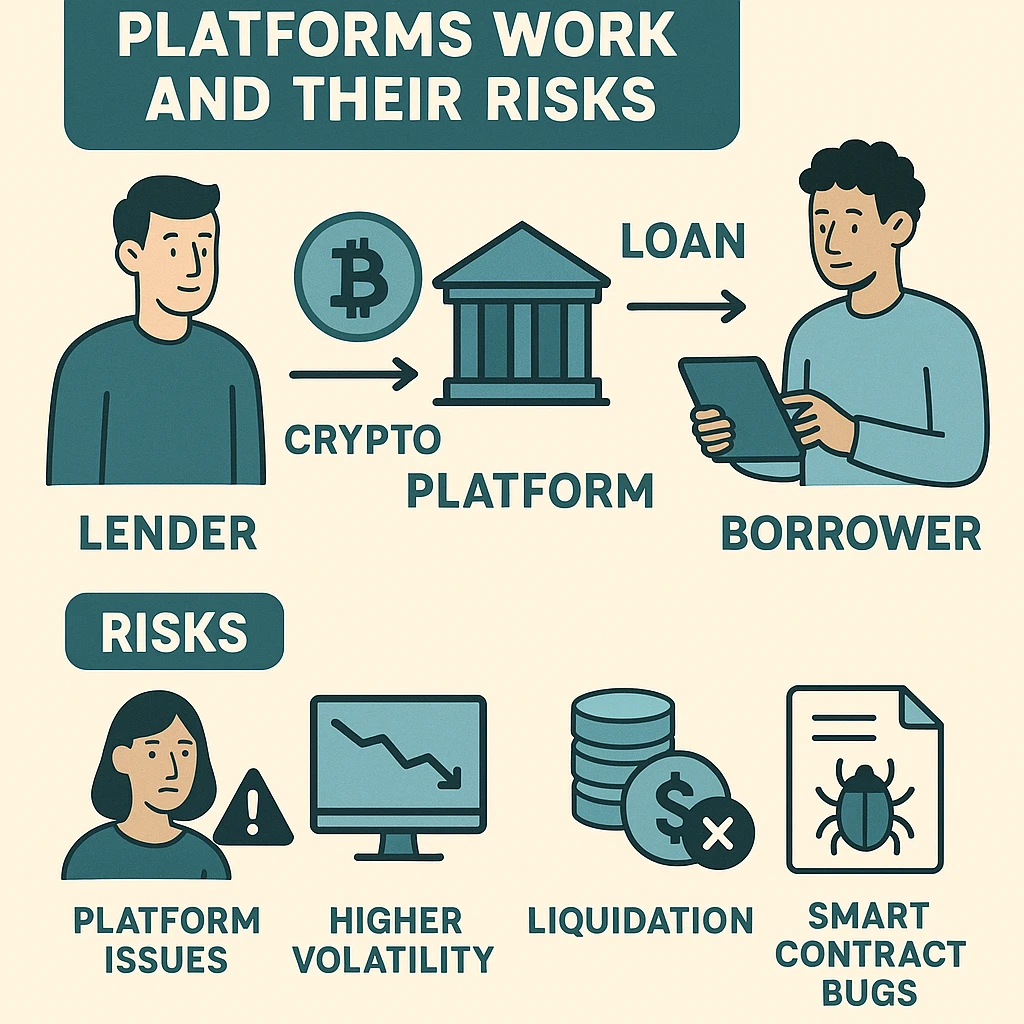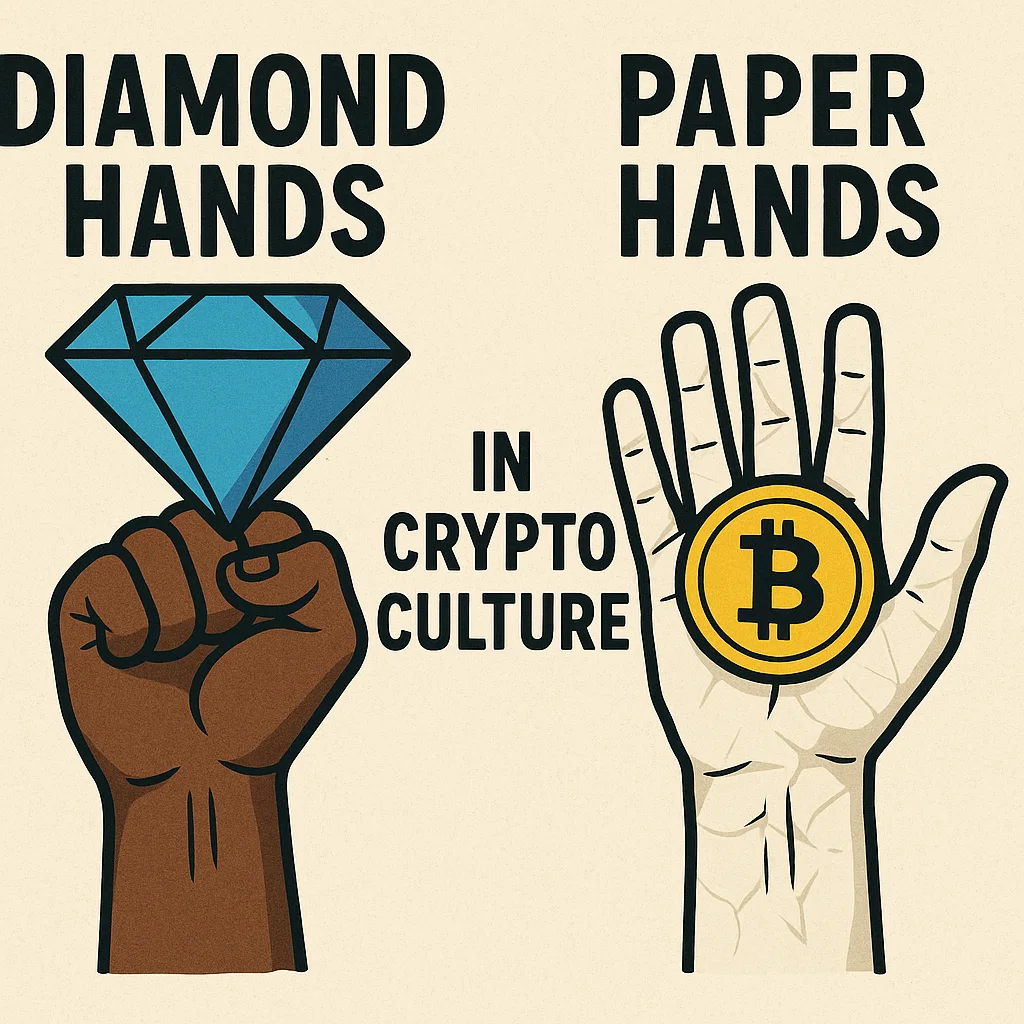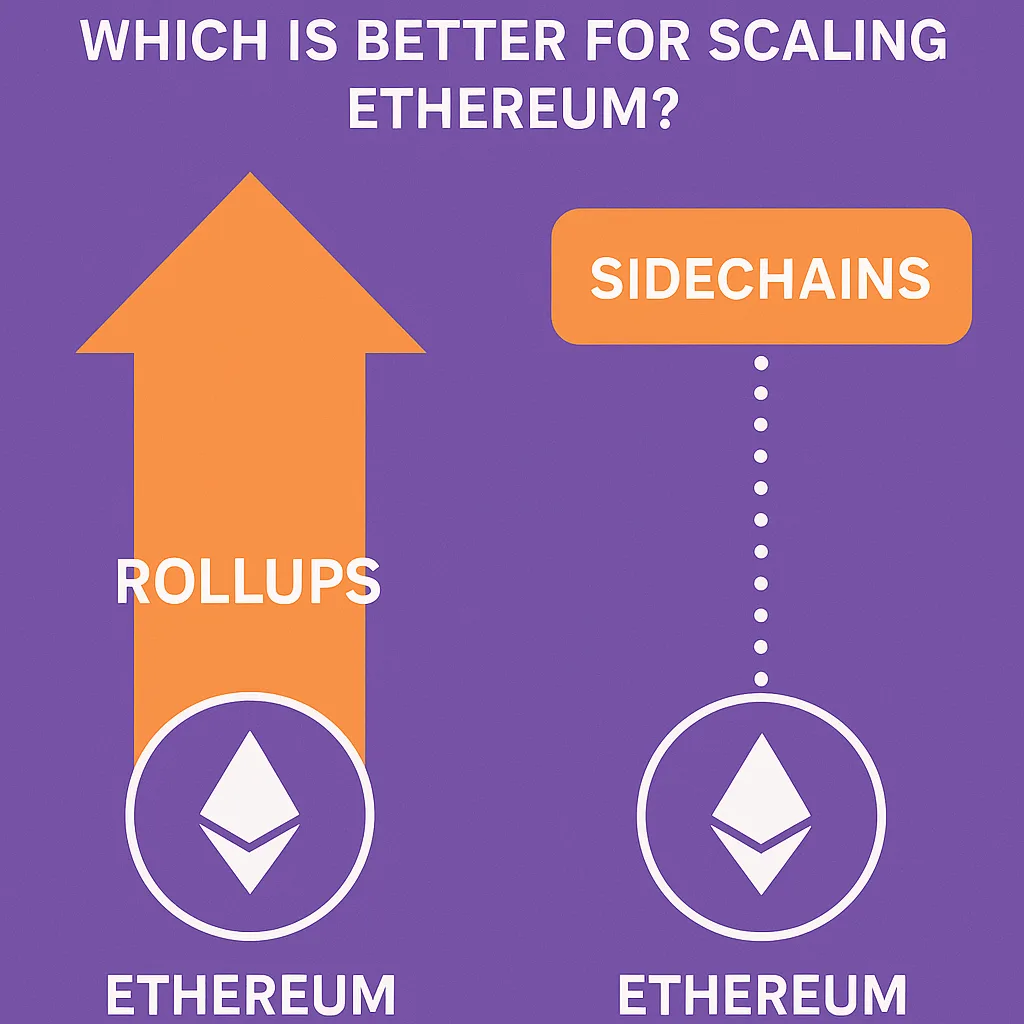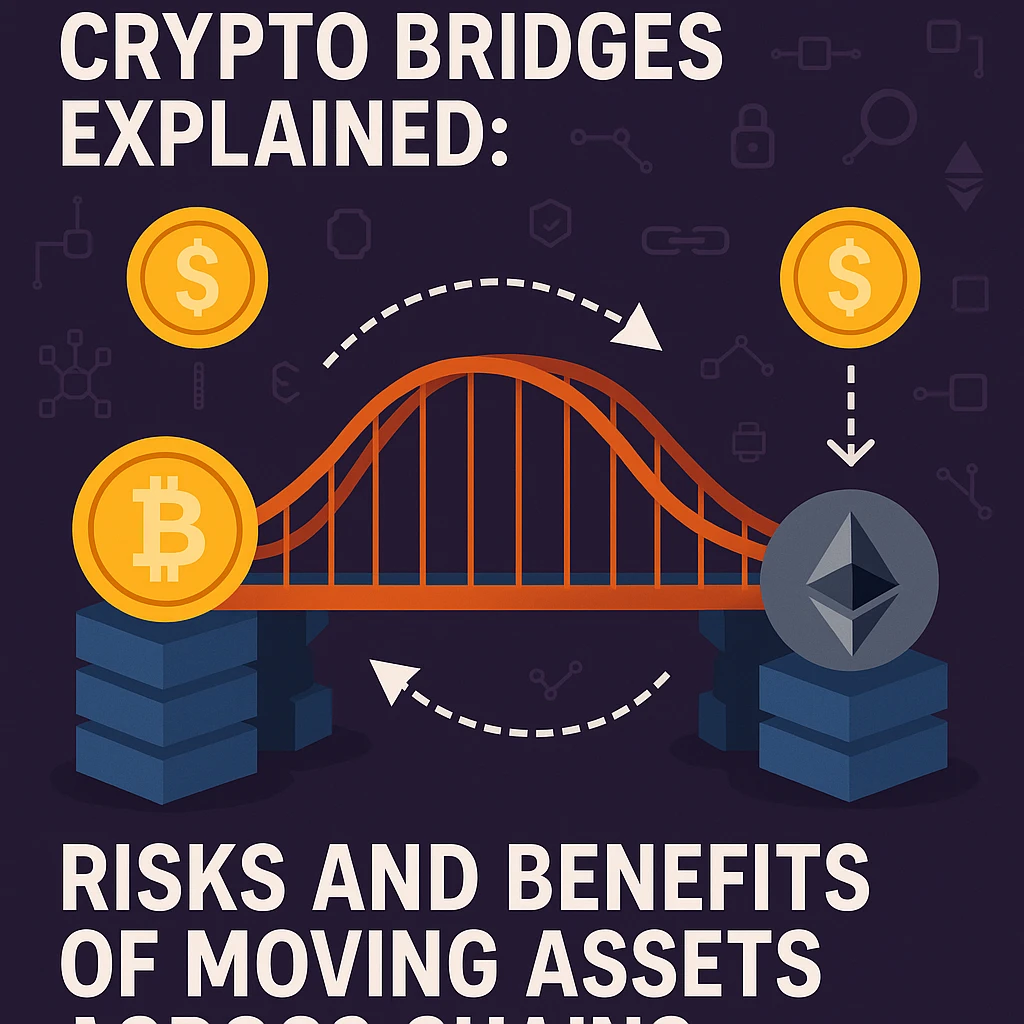User-generated content powers enormous ecosystems in a world where centralized platforms like Facebook, Instagram, and Twitter rule, but users receive little compensation for their efforts. Although attracting attention is the lifeblood of traditional social media, creators rarely reap the rewards of their labor beyond fleeting likes or meager ad revenue. This paradigm is changing: users can now earn cryptocurrency just by posting content, interacting with followers, and participating in communities on decentralized social media platforms powered by blockchain technology. This blog explains the advantages, difficulties, and significance of this ecosystem.
1. Why Decentralized Social Media Matters
1.1 Creator Empowerment
User-generated content powers enormous ecosystems in a world where centralized platforms like Facebook, Instagram, and Twitter rule, but users receive little compensation for their efforts. Although attracting attention is the lifeblood of traditional social media, creators rarely reap the rewards of their labor beyond fleeting likes or meager ad revenue. This paradigm is changing: users can now earn cryptocurrency just by posting content, interacting with followers, and participating in communities on decentralized social media platforms powered by blockchain technology. This blog explains the advantages, difficulties, and significance of this ecosystem.
1.2 Data Ownership & Privacy
Centralized platforms rely on algorithms that value engagement over wellbeing and monetize personal data through advertisements, frequently with little to no user oversight. Platforms built on blockchain allow users to take control of their data. Content is controlled by public keys; the user, not the platform, owns the activity history. Additionally, this improves autonomy and privacy.
1.3 Transparency & Trust
Smart contracts—transparent, unchangeable, and community-managed—are the foundation of decentralized social media. Blockchain platforms use code-enforced consistency to prevent censorship and misuse, in contrast to centralized competitors where moderation is opaque and policies change at random.
1.4 Fair Monetization
Traditional platforms' algorithms prioritize ad dollars over the interests of creators, depriving smaller creators of recognition and compensation. With the support of token-based economies, decentralized social networks match incentives with active users, curators, and creators.
2. How Crypto-Earning Social Platforms Work
Decentralized social media typically follows a similar architecture:
-
Blockchain backbone: IPFS hashes, timestamps, and authorship are examples of content metadata that is stored on a public ledger (such as Ethereum, Solana, Hive, etc.).
-
Native token economies: Tokens are distributed by platforms for actions such as inviting, curating, upvoting, and posting content.
-
Smart contract distribution: incentives that are automatically given out according to contribution metrics.
-
Off-chain media storage: Blockchain stores references, while IPFS or datastores host the actual media files.
-
Moderation & governance: Platform rules and content moderation standards are decided by community voting or DAO mechanisms.
2.1 Common Tokenomics Models
-
Post staking and curation rewards: To increase the visibility of content, users stake tokens. Redistributing reward pools to curators and creators.
-
Daily reward pools: Fixed pools that are proportionately distributed to active participants on a daily or weekly basis.
-
Referral and community growth incentives: Users earn tokens for bringing in new users or building engagement.
2.2 Examples of Decentralized Platforms
-
Steem / Hive: Early adopters: use user voting to award posts and comments with STEEM and HIVE tokens.
-
Minds: A hybrid model with some centralized components that provides $MINDS for engagement and reputation tokens.
-
Mastodon + Akasha: Ethereum-based federated social network interfaces with reward systems.
-
Lens Protocol: Polygon's Social Layer allows user profiles to make money off of interactions and followers.
-
Voice: based on EOSIO, which directly rewards community contributions and content.
3. Earning Crypto: Content, Curation & Community
3.1 Posting Quality Content
-
Writing, videos, images: token rewards based on engagement, upvotes, responses.
-
Niche communities devoted to topics across art, tech, sports, food—specialist producers earn more.
3.2 Curation & Comments
-
Upvoting: Reward early curators who find good content.
-
Commentaries and replies: Meaningful interaction qualifies for tips or small rewards.
3.3 Governance Participation
-
Voting on protocol parameters or milestones.
-
Community moderation: from authenticity proofs to spam filtering; contributors rewarded.
3.4 Referrals & Social Growth
-
Invite rewards for onboarding new users who post or engage.
-
Social-sharing commissions from content or brand collaboration.
4. Case Studies: Decentralized Success Stories
4.1 Hive – A Democratic Social Economy
Hive placed a strong emphasis on decentralization following a controversial hard fork from Steem. Active users receive HIVE and HBD token rewards every day. Fair community participation and open content discovery are ensured by the lack of a centralized foundation.
4.2 Lens Protocol – A Social Media Suite
Lens is based on Polygon and works with profile NFTs. Tokens are awarded to users who interact, publish content, and gain followers. Through decentralized protocols, creators can make money through sponsorships or paywalled content.
4.3 Minds – Community Rewards
For interesting activities, Minds uses native token rewards and reputation tiers. Users exchange reputation or $MINDS for memberships, advertisements, or content promotion.
4.4 Voice – EOS-Based Incentives
Voice's transparent EOSIO-based reward pools draw in top-tier writers. Authenticity is ensured by verified identities. Only engagement in which users agree to the use of their data can earn tokens.
5. Advantages & Limitations
Advantages
-
Direct monetization aligned with creators’ engagement without ad reliance.
-
User empowerment in data, moderation, and platform evolution.
-
Transparency and consistency via blockchain protocols.
-
Global reach—all users have equal access to token economies.
Limitations
-
Token volatility: reward value fluctuates widely and unpredictably.
-
Onboarding friction: users require wallets, token understanding, platform interaction—often steeper than centralized apps.
-
Content moderation is still evolving; DAOs may be slow to respond to abuse.
-
Liquidity challenges: earning tokens is one thing; exiting to fiat can be complex and expensive.
-
Centralized elements like server-hosted media undermine full decentralization.
6. Getting Started: A User’s Manual
-
Choose a platform: Hive, Lens, Minds, or Voice.
-
Set up a crypto wallet: MetaMask, Hive Keychain, Torus etc.
-
Understand the token mechanics: reward pools, inflation, staking.
-
Create or follow communities of interest.
-
Post content that resonates (reviews, tutorials, personal thoughts).
-
Curate and comment actively—curators earn curator rewards.
-
Manage token earnings: stake, sell, or reinvest.
-
Engage in governance: voting earns influence and occasional tokens.
7. Future Outlook: Where Decentralized Social Goes Next
7.1 Improved UX & Wallet Abstraction
The user experience will be simplified without any technical hiccups by solutions that abstract gas prices and wallets.
7.2 Hybrid Models
To augment token earnings, decentralized platforms may incorporate ad revenue and fiat payment rails.
7.3 Content Monetization Tools
Better monetization architecture is made possible by plugin APIs that support sponsorships, pay-per-post, NFTs linked to content, and integrated tipping.
7.4 Scalable Protocols
Nearly fee-free transactions and immediate reward distribution will be made possible by Layer 2 blockchains like Polygon, Arbitrum, and Solana (!).
7.5 DAO-Driven Governance and Brand Sponsorship
Brands may run sponsored communities or DAO-governed competitions; advertising or brand budgets may provide the reward pools.
8. Measuring Success: Metrics That Matter
-
Active wallet base: indicates real user engagement.
-
Token distribution: more users holding tokens shows decentralization.
-
Content volume and engagement: posts, upvotes, comments.
-
Token value stability: user trust increases with token stability.
-
Off-chain liquidity: tethering token value to fiat enables meaningful earnings.
9. Risks & Regulatory Considerations
-
Securities compliance: tokens that promise returns or equity may face regulatory scrutiny.
-
Identity & moderation: bots and trolls challenge decentralization efforts.
-
Data privacy: IPFS-hosted media may be immutable and subject to GDPR scrutiny.
-
Tax obligations: earnings from tokens are taxable in most jurisdictions.
10. Conclusion
Online content creation and consumption are being redefined by decentralized social media. It is transferring wealth and power to users, who at last receive material compensation for their time, energy, and inventiveness. Although there are still obstacles related to technical, regulatory, volatility, and user experience, clever developments in wallets, DAOs, and monetization tools are closing the gap.
These networks have the potential to restore a user-first internet where innovation and participation are rewarded. Decentralized social media opens up new possibilities and ownership for all types of users, including bloggers, curators, developers, and social users.





Leave a Reply